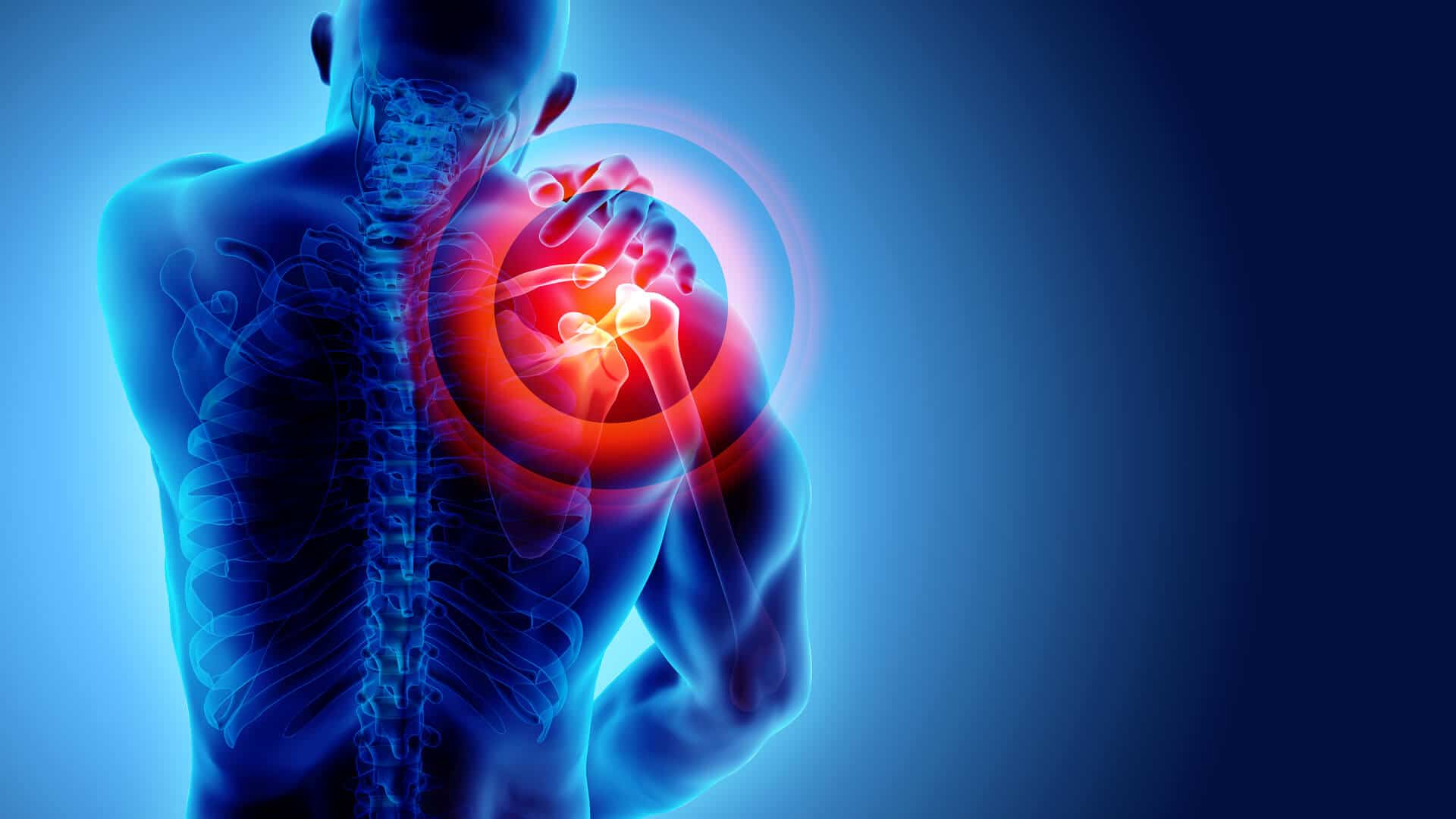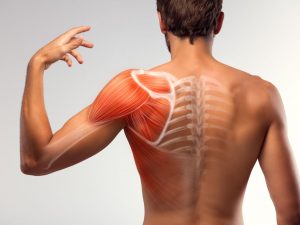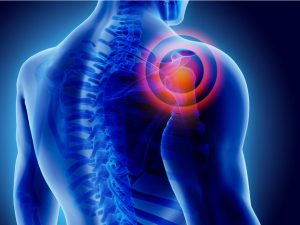How To Obtain Shoulder Dislocation Treatment After a Vehicle Accident or Fall

Once you’ve suffered a shoulder dislocation due to a motorcycle accident or car accident, or a steep fall at work, you need to obtain immediate treatment. Most of the intense pain and swelling you will experience will probably start in your shoulder area and radiate down to other parts of your body. Patients often report pain in their neck, arm, chest, and back areas. Unfortunately, it will likely not be easy to move the affected arm from its position until a doctor treats you.
What follows is additional information about the three main types of shoulder dislocations, how your doctors will confirm their diagnosis, and the most common treatments provided. Attention is also given to frequent complications that can develop due to a dislocated shoulder.
What are the three types of shoulder dislocations treated by doctors?
-
An anterior or forward type of dislocation.
Approximately 95% of patients who suffer dislocation are diagnosed with this form. These types of injuries are generally further classified as being under the clavicle, sub-coracoid, retroperitoneal, or intrathoracic. Accident survivors who report these types of dislocations were usually harmed by a direct blow against their outstretched arm. While first examining these patients, care must be taken to not cause any further damage to the axillary nerve or artery.

-
Posterior or backward dislocation.
This shoulder damage is often attributed to such diverse causes as an electric shock or some type of seizure (often secondary to the harmful impact). A doctor might also decide that this type of dislocation was caused by a strength imbalance involving the rotator cuff muscles. People coping with this shoulder injury tend to hold their arms up close, next to their bodies.
The examining physician must be especially careful when working with elderly or comatose patients since it is easy to overlook their posterior dislocations. Unfortunately, at least one study found that it can take up to a year to get a correct diagnosis of the exact type of shoulder dislocation that was suffered.
-
An inferior or downward shoulder dislocation.
Only about one percent of patients who dislocate their shoulders suffer this type of injury. These patients tend to hold their damaged arms either upwards or behind their heads. It is crucial for these individuals to guard against various complications involving vascular and neurological issues.
Although most dislocations are caused by a distinct physical trauma to the shoulder, some patients can suffer dislocations by simply rolling over in their beds. Half or more of all dislocations seen in emergency rooms involve the shoulder. The patients most likely to report these injuries are both young adult men and older women.
Different symptoms, besides severe pain, often signal a shoulder dislocation
Having a limited ability to move your shoulder
- An oddly distorted shape to the shoulder. In some cases, when viewing a patient from the side, the shoulder may have an odd, squared-off look to it – as opposed to a normal sloping and rounded shape. When there is a posterior dislocation, the front of the patient’s shoulder may look unusually flat.
- There may be clear signs of bruising or abrasions to the shoulder area.
- Doctors may see what looks like a hard and distinct knob under the patient’s skin near the shoulder. This “knob” is the top of the humerus bone that has been pushed out of its socket.
How doctors try to accurately diagnose each type of shoulder dislocation
- During the physical exam, questions will be asked about the exact cause of the injury that has been suffered. Patients will also be asked when the harmful event took place.
- The doctor will discuss all prior injuries, if any, with the patients concerning either shoulder or arm.
- Before any imaging tests are run, the physician will carefully examine the deltoid muscle on each side of the patient’s body. The damaged muscle will usually appear flattered on the injured side of the body.
- Careful movement of the patient’s arm will be made, checking to see how much pain is experienced – while moving each arm and shoulder.
- A basic X-ray will be run to see if the dislocation is complete or partial. This test will also indicate the precise locations of the humeral bone.
- An MRI exam may or may not be necessary. This is often done if the X-ray fails to clearly indicate the exact position of the humeral bone. Fractures of this bone are often easier to examine by obtaining MRI images. This type of test also helps reveal ligamentous tears and makes it easier for the doctor to determine if surgery is required.
- Nerve damage is often best accessed by running an electromyogram. This test measures the electrical activity present in the muscle – which will always be diminished if a serious injury has occurred.
Main treatments for healing dislocated shoulders
- Although most dislocations can be handled in the emergency room, some of the more complex ones may require surgery.
- Physical therapy. The length of time required may vary based on the seriousness of your injuries and whether the use of a sling has proven useful. Should pain continue for many weeks after the shoulder was put back into its proper position, a first or second surgery may be required. Surgery is considered quite effective for shoulder dislocations, often reducing the chances of a second dislocation to less than a five percent (5%) chance.
The long-term outlook for recovery
This often depends on many factors, including those set forth below.

- The complexity of all the accident harm you suffered
- Whether or not you will be taking part in future, highly physical sports activities
- If you are still following your physical therapist’s advice to continue with specific types of regular arm and shoulder exercises (that help maintain proper flexibility and strength).
- Although teens active in sports have a high rate of re-injury, adults age 30 and over usually only have about a 25 percent (25%) chance of suffering a second shoulder dislocation.
- If you do construction work, the types of PPE (personal protective equipment) you are using to prevent serious falls and other mishaps
If you have suffered a serious should dislocation injury after an accident caused by someone else’s negligence, you need to contact our New York City shoulder dislocation injury law firm. We will carefully investigate all the facts of your case, review all your medical records, and then fight hard to win the maximum compensation available to you. We want every client to fully recover for all lost wages, pain and suffering, medical expenses, and other losses.





